SUMMARY
This is AI generated summarization, which may have errors. For context, always refer to the full article.
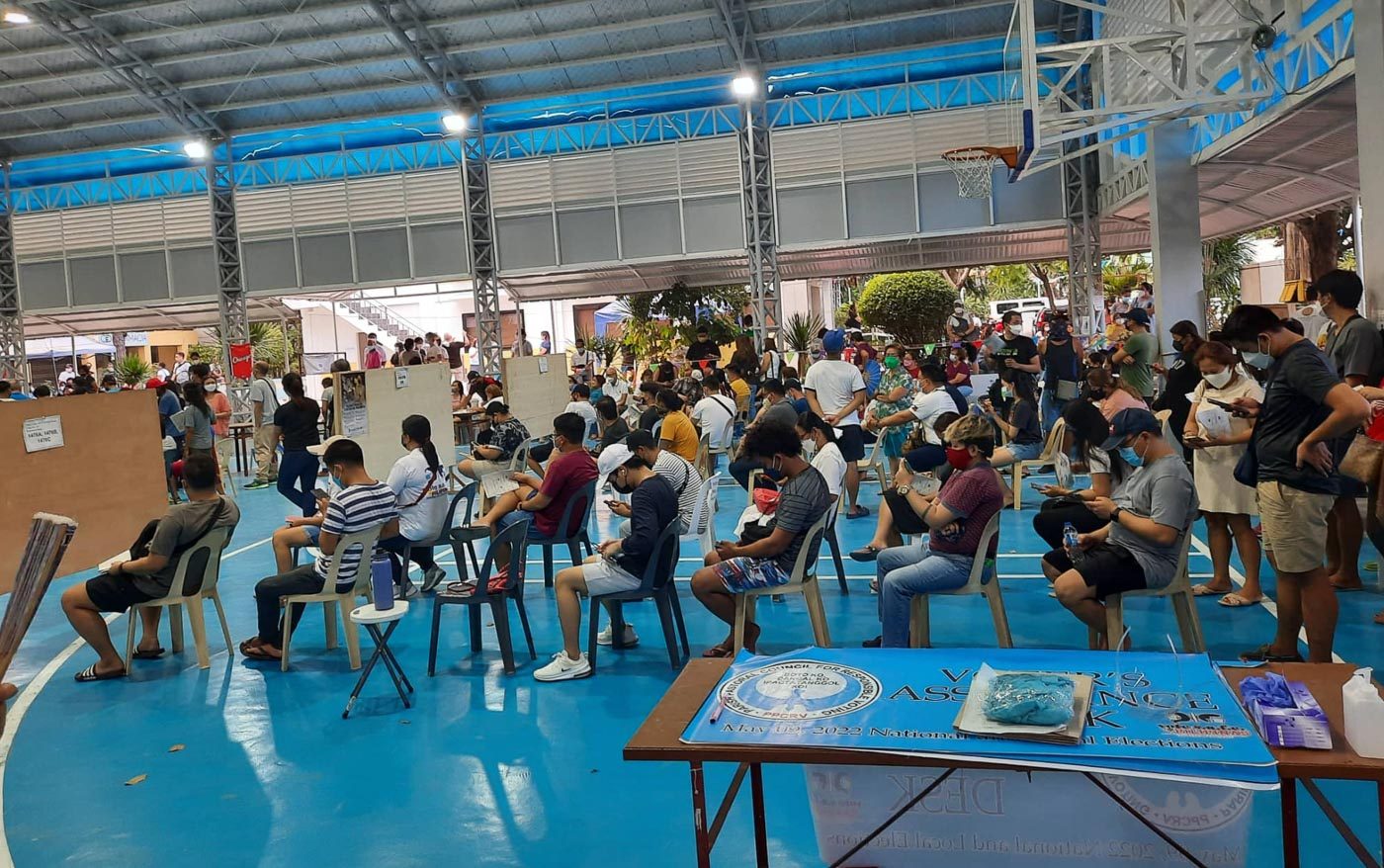
MANILA, Philippines – Jan Michael Garcia’s social media presence was next to nothing in the past few months leading to the 2022 national elections.
This made it all the more important for him to vote on Monday, May 9, after months of working behind the scenes and resolving to instead talk to his peers and family about his support for presidential candidate and Vice President Leni Robredo.
So when voting began on Monday morning, Garcia trooped to his polling precinct in Quezon City. He had no idea it would be the beginning of a long wait that would see his patience challenged.
At 7 am, poll workers made it known to the people lining up that there was an issue with the vote-counting machines (VCMs) but Garcia thought it would not be a long wait, as it took him only less than two hours to vote in the past elections.
The hours went by and before he knew it, he had been waiting to cast his ballot for nine hours already.
Garcia’s experience mirrors several incidents across the Philippines, where voters have reported multiple issues, including malfunctioning VCMs and corrupted SD cards, among others. These have resulted in long waiting times and much longer lines of people waiting to cast their ballots.
Issues in VMs are not new and are a normal occurrence in every elections, that the Commission on Elections (Comelec) has set contingency procedures to address these incidents. In case of glitches, a voter can decide to follow one of two options: Allow the electoral board to batch-feed the ballot at a later time while watchers are present, or wait for the issue to be resolved so they can personally feed the ballot into the machine.
In the 2022 elections, voting hours are set between 6 am to 7 pm – an hour longer compared to the 2019 elections.
Garcia recalled that one by one, voters in his precinct opted to sign a waiver to leave their ballots behind. After all, most of them came from faraway places and went to Metro Manila only to vote. He was relieved he had the privilege of waiting, refusing to take the risk and let someone else cast his ballot.
“The reason why I’m waiting kasi gusto ko i-carry out ang responsibility ko sa society kasi iba ang elections na ito, it would determine whether or not the Philippines will suffer,” he told Rappler while still in line as of 4:30 pm.
“Ano ba naman iyong nine hours na paghihintay kapalit ng anim na taon na maayos na governance?” Garcia added.
(The reason why I’m waiting is I wanted to carry out my responsibility to society. These elections will determine whether or not the Philippines will suffer. What is nine hours of waiting in exchange for six years of good governance?)
The 2022 national elections is seen by many as make-or-break for the Philippines, especially as it marks the possible return of the family of the late dictator Ferdinand Marcos.
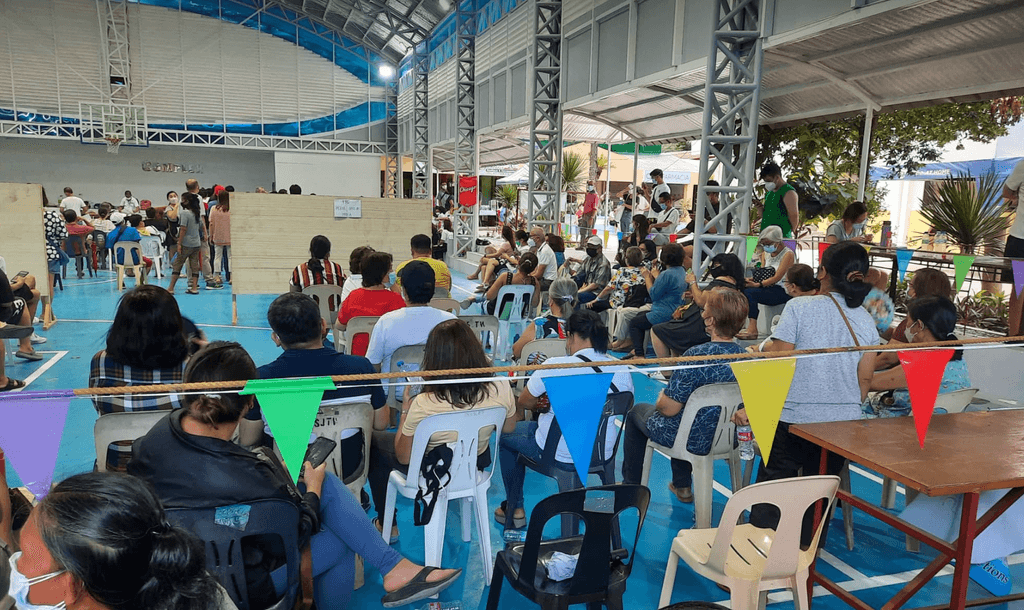
One vote matters
Jeanne de Guzman felt hopeful while on her way to the precinct before 12 pm on Monday, only to be met by an already long line along the school perimeter in Tandang Sora, Quezon City. Not even a few minutes inside the school, she was immediately informed by poll workers that the VCM in her cluster was broken.
De Guzman was given the option to leave her contact details and just wait for a text message informing her when she could vote. She also saw a list of voters who opted to do manual voting, which triggered more fears.
“At this point, I was already disappointed because gusto na lang nila na i-te-text na lang kami kapag okay na ang machine, sabi ko, what if hindi kami makabalik by 7 pm? Ang laki ng risk na hindi kami maka-vote,” she lamented.
(At this point I was already disappointed because they just wanted to text us to let us know when the machine would be okay, but what if we weren’t able to go back by 7 pm? It’s such a huge risk of us not being able to vote.)
So like many of the voters before her, De Guzman waited in one of the rooms, hanging onto every assurance of poll watchers that she will be able to vote. Every now and then, she’d hear information that a replacement VCM was on the way, but there was still no solid confirmation when Rappler talked to her at close to 5 pm on Monday – two hours before the close of voting.
Waiting was never an issue for her, after all, having been trained by the notorious long lines at the University of the Philippines. Personally feeding her ballot into the VCM was the only thing that would give her a semblance of satisfaction during extremely tense elections.
“I highly value my vote kahit isa lang ito, it’s important na ma-validate at ma-ensure ko na ma-record ito ng machine,” De Guzman told Rappler.
(I highly value my vote even if it’s just a single vote. It’s still important that I will be able to validate and ensure that it will be recorded in the machine.)
What also struck her was the show of camaraderie among voters who had been waiting for more than five hours: People were sharing mobile phone chargers and other resources, for example, to make sure they were comfortable during the long wait.
“Everyone is looking out for each other and it’s reassuring to see a lot of voters who are really willing to wait na maayos ang machines (for the machine to be fixed),” she said.
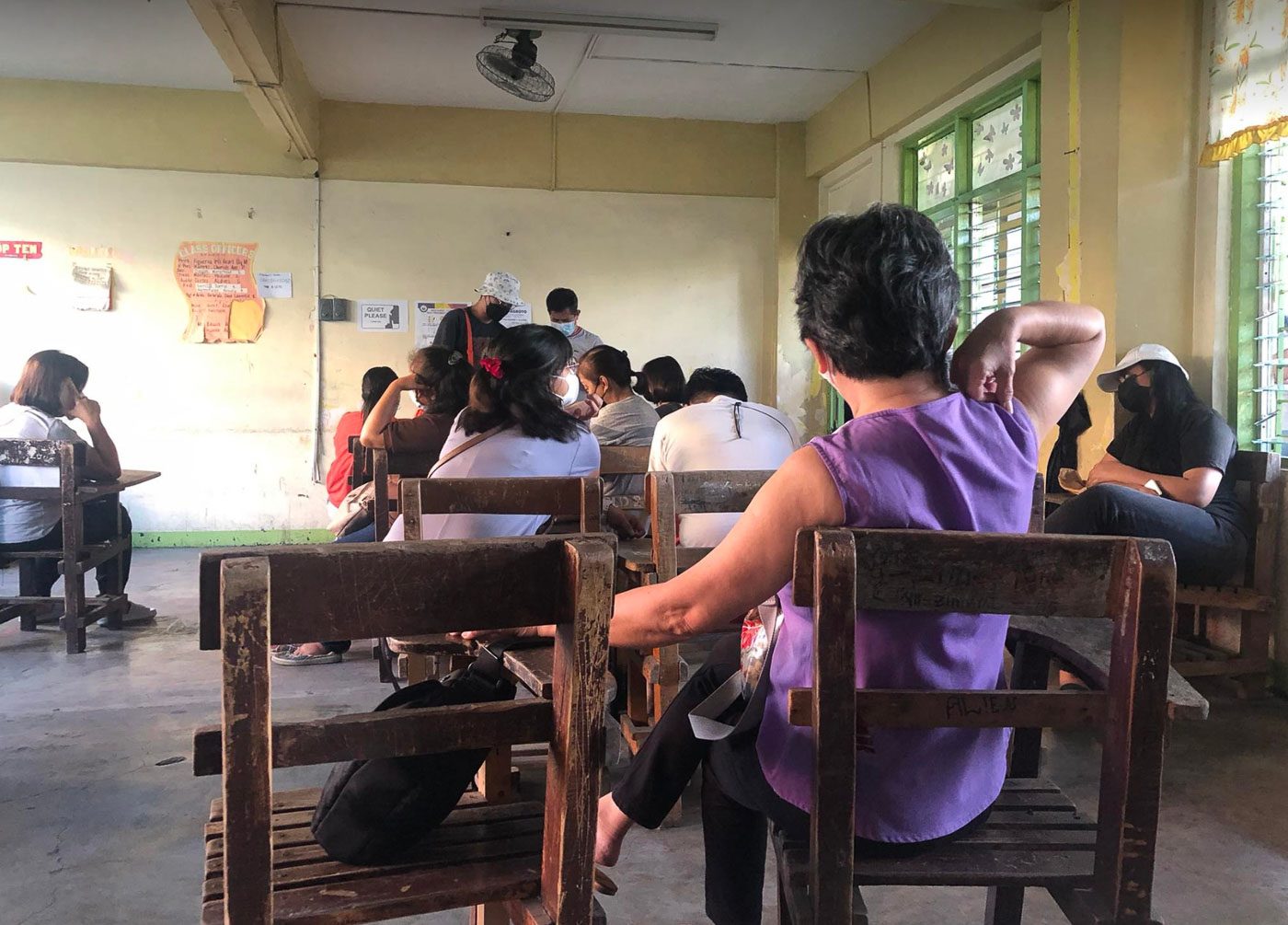
For the future
Rappler also talked to at least three other voters who narrated the same experience: They went to their respective polling precincts early, only to join long lines and receive unclear instructions about the long wait. Many relied on social media updates amid the chaos in polling precincts.
Tensions ran high in a polling precinct in Barangay Teachers Village in Quezon City after voters remained unable to cast their votes due to malfunctioning VCMs.
Election watchdog Kontra Daya urged Comelec to extend the voting hours based on multiple reports of issues in polling precincts.
At 6 pm, Comelec had yet to decide whether or not it would extend voting hours. Comelec Commissioner George Garcia earlier said that electoral boards are authorized to make the call whether to allow voting past voting hours “so long as the voters are 30 meters away from the precinct.”
Filipino voters – at least those Rappler talked to – appear resolved to see this through. Filipino voters also appear bent on fighting tooth and nail to make their voices heard – even if it means waiting in line for hours.
“Hindi lang naman para sa akin ang boto ko kundi para sa lahat ng tao sa Pilipinas,” said Moira Hankins, who started lining up at 7 am but still haven’t voted by 5:45 pm. (My vote is not just mine, but for everyone in the Philippines.) – Rappler.com
Add a comment
How does this make you feel?

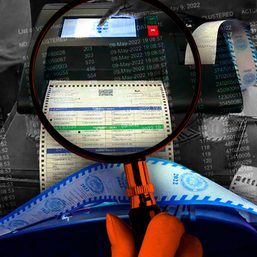
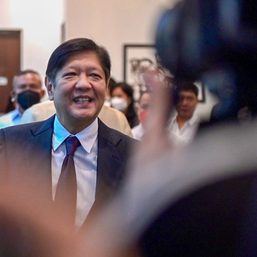
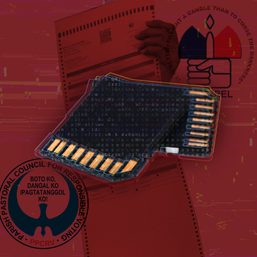

![[Newspoint] Improbable vote](https://www.rappler.com/tachyon/2023/03/Newspoint-improbable-vote-March-24-2023.jpg?resize=257%2C257&crop=339px%2C0px%2C720px%2C720px)
![[Newspoint] 19 million reasons](https://www.rappler.com/tachyon/2022/12/Newspoint-19-million-reasons-December-31-2022.jpg?resize=257%2C257&crop=181px%2C0px%2C900px%2C900px)
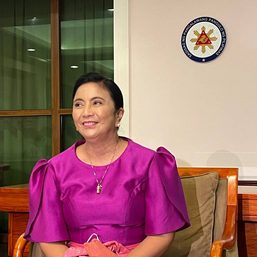
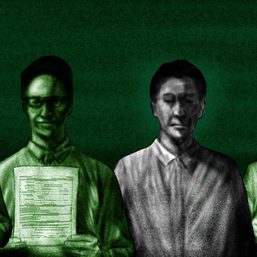

There are no comments yet. Add your comment to start the conversation.